Kitsap County, WA Slashes Spill Response Times
Keys to Project:
Cartegraph integration and reporting, mobile system access
County:
Kitsap, WAPopulation:
271,473Products:
Time is the enemy when responding to hazardous spills. And no one knows this better than Kitsap County, WA — steward of 250 miles of Puget Sound shoreline. In fact, this committed county has reduced spill response times by 196 percent since 2016 by using modern citizen request and asset management solutions—SeeClickFix and Cartegraph.
Expediting Response Times
According to Angela Gallardo, Kitsap County Public Works Stormwater Division Program Manager, response time is critical when responding to spills.
“If we can contain the spill onsite without it going downstream, we save time and money, but more importantly, we save the impact on the environment,” said Gallardo.
Back in 2016, before Kitsap County implemented SeeClickFix and integrated it with Cartegraph as its operations management system, the County’s average spill response time was 24 hours. Today, it’s 15 minutes — a 196 percent improvement. This efficiency means the County can exponentially minimize the potential negative environmental impact of an accidental or illicit spill of hazardous materials.
I think public works directors are looking to try to figure out a way to branch between their roads and their traffic and their sewer and stormwater,” said Gallardo. “At least here, that was our goal. We wanted one unified system.
Angela Gallardo
Kitsap County Public Works Stormwater Division Program Manager
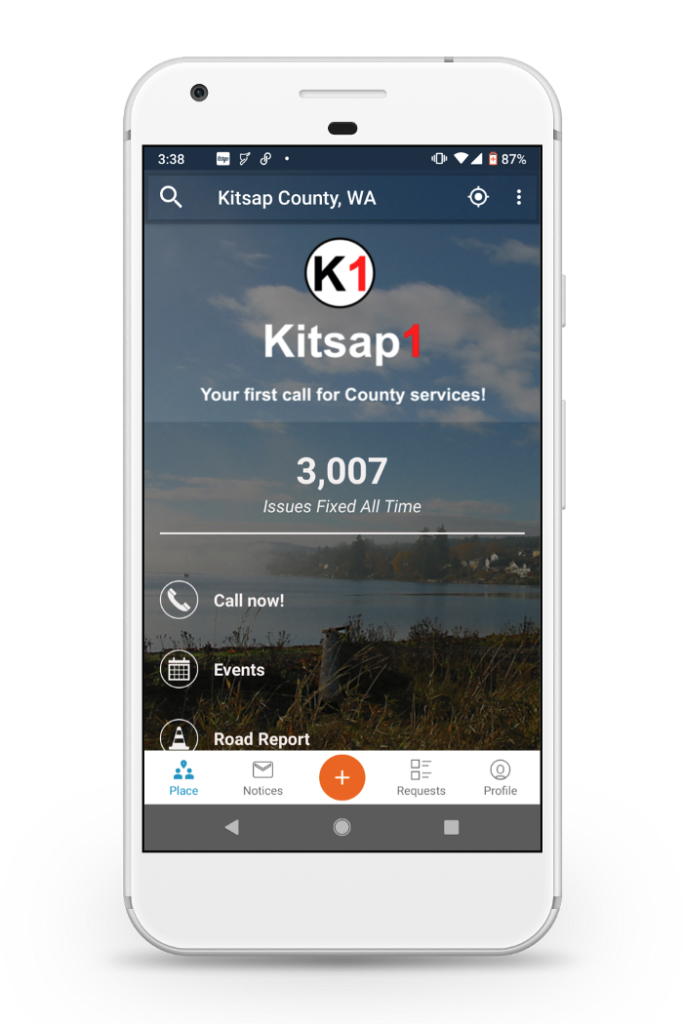
Gallardo recalls one example of a potentially dangerous diesel spill in Kitsap County that was mitigated thanks to the County’s quick response.
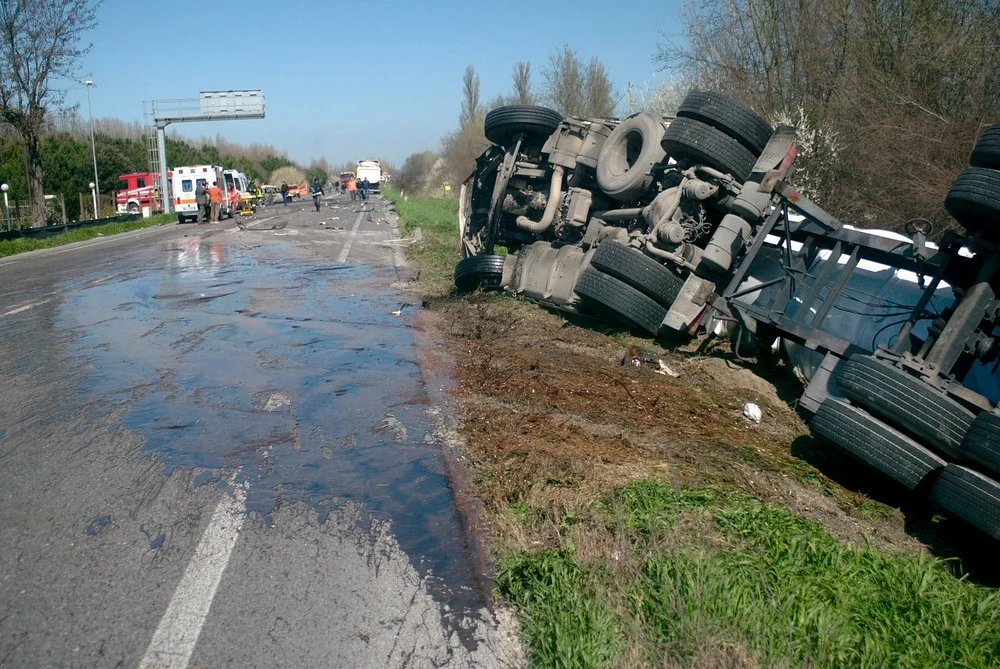
“Luckily, there was a crew a half-mile away, and they had their iPads out in the field with them, [so when the report came in, they saw it immediately and] could rush over with the spill equipment they keep on the trucks and contain it quickly. So obviously, a huge outcome of [our use of SeeClickFix] is the speed that we can respond to spills, regardless of where crews are in the county.”
Streamlined System Integrations
With SeeClickFix’s integration to Cartegraph, Kitsap County has created a single, end-to-end reporting and response workflow system. When a citizen, emergency responder, or County staff member reports an accidental or illicit spill in the SeeClickFix system, the County’s response team receives all the information they need to prepare a response and track their efforts through to completion.
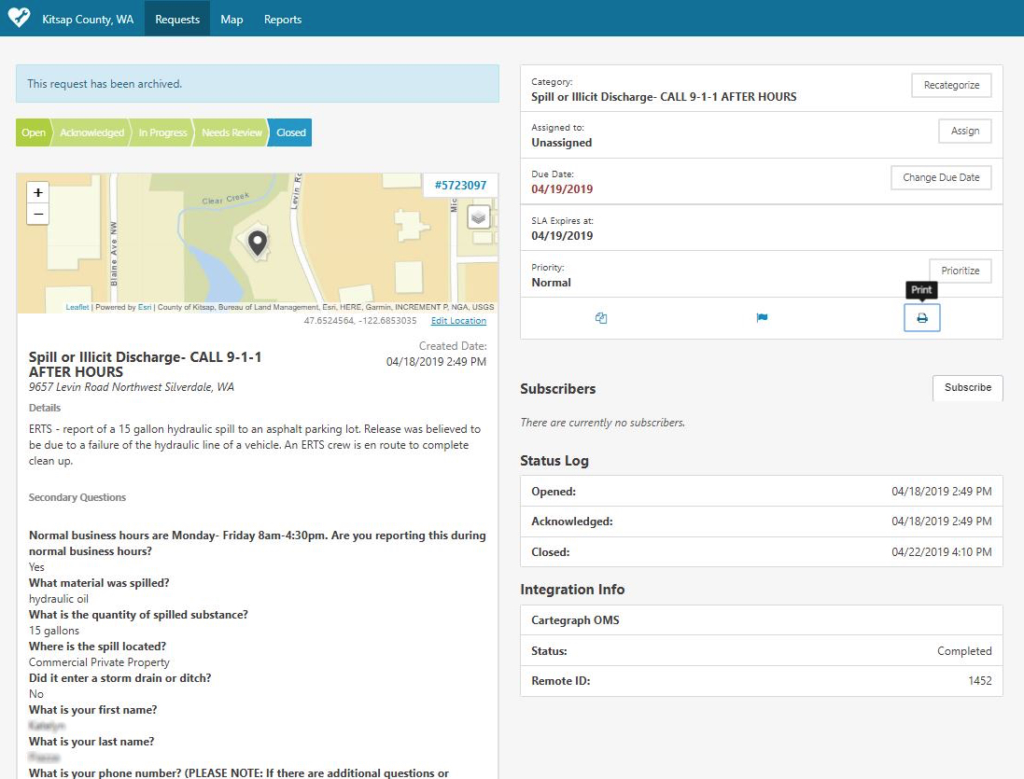
“The details portion [of SeeClickFix] gives us an explanation of what’s going on,” said Gallardo. “We also ask the requester or reporter to let us know what material was spilled and the estimated quantity.”
The data input into SeeClickFix, including user-submitted photos and location data, is then automatically fed to Cartegraph, where it automatically creates a service request for tracking and response purposes. The requests are then vetted in Cartegraph, where staff uses the data to create work orders as necessary. When the issue has been resolved, administrative staff can provide feedback in Cartegraph, which is routed back to the original requester, enabling bi-directional communications.
“We train our staff that before they close the task in Cartegraph, they need to put in a comment saying they have fixed the issue. The original requester will then receive an email with those comments, and then a second email saying we have closed the request.”
The Financial Benefits of Integrated Reporting
The integrated reporting and tracking enabled by the County’s integration of SeeClickFix and Cartegraph also allows Gallardo’s team to document their response and any financial or environmental damage that occurred to meet the Department of Ecology’s latest reporting requirements.
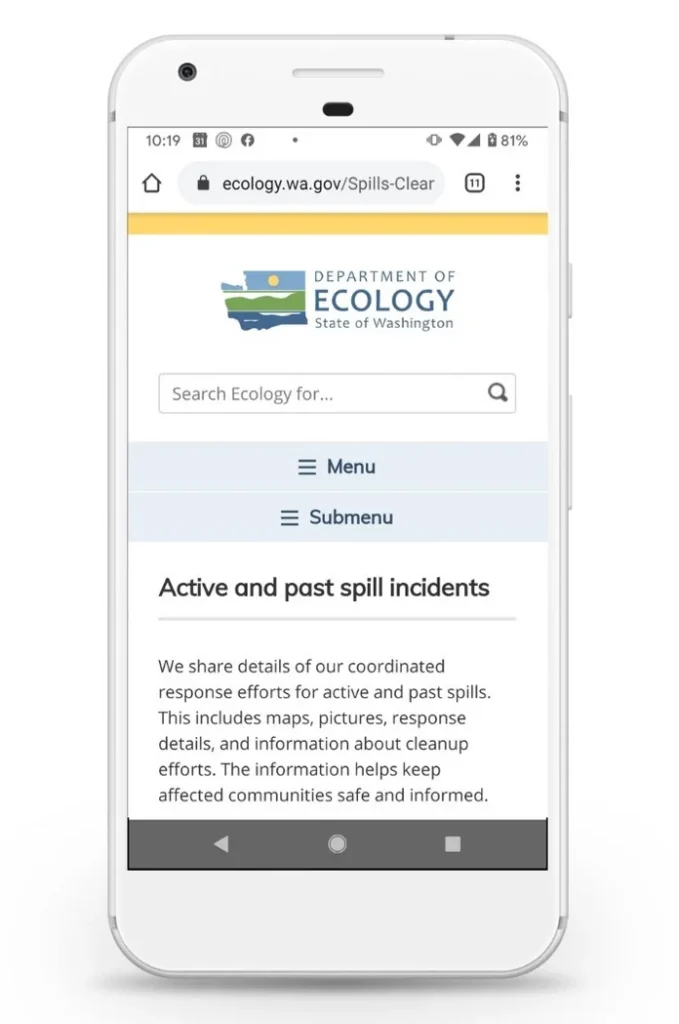
“We can export directly from Cartegraph to the new Department of Ecology spills website at the end of the year,” said Gallardo. “It also tracks the labor, equipment, and materials used for the spill cleanup.”
Such quantifiable cost-impact data allows Kitsap County to seek reimbursement from the violator, and to estimate budget, staff, and equipment needs each year.
“It also helps us know whether or not we need to do more educational outreach to prevent future illicit spills,” said Gallardo. “Sometimes it’s people dumping paint down the drain or things like that, so it gives us an idea of how our outreach is working in other areas and if we need to up that outreach.”
Enhancing Regional Coordination
As Gallardo and her team know all too well, hazardous materials don’t follow political boundaries and they know nothing of jurisdictions. If a spill crosses regional boundaries, Kitsap County must be able to coordinate response efforts with neighboring authorities. Gallardo relies on data from within the integrated SeeClickFix and Categraph systems to enable data sharing and expedited responses for the protection of the area’s shared environment and resources.
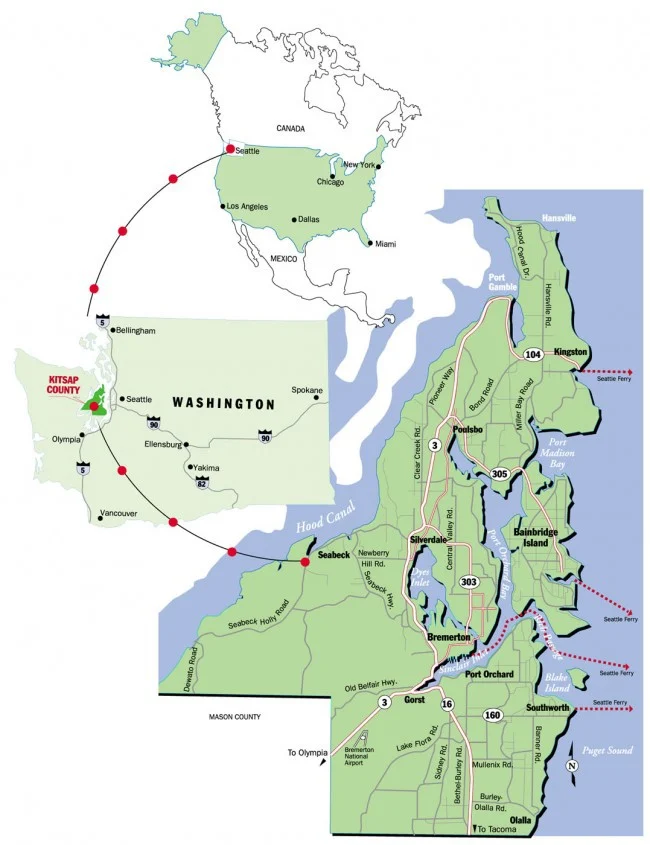
“Our permit [with the National Pollutant Discharge Elimination System (NPDES)] requires jurisdictions to know where water enters and exits their area. The information is useful for regional coordination of projects and spill response. In Kitsap County, we have memorandums of understandings with the incorporated municipalities for our regional spills hotlines well as data sharing. We can also use this shared information to assist during an emergency, if needed, for neighboring communities.”
According to Gallardo, if there were a spill on the county border, their integrated system is set up to notify both jurisdictions.
“We could get staff out from both [jurisdictions] to assist with the spill so that it doesn’t become a bigger deal than it needs to be,” said Gallardo.
The Future of Citizen Request Management
In an era of digital-first communications, Gallardo believes that the need for online request submissions will continue to grow, replacing more traditional forms of request communications, such as hotlines, emails and in-person requests, which makes the need for a single data repository that much more vital.
“I think public works directors are looking to try to figure out a way to branch between their roads and their traffic and their sewer and stormwater,” said Gallardo. “At least here, that was our goal. We wanted one unified system.”
Today, a unified system is exactly what they have, and their ability to protect their environment has never been stronger.
Ready to Get Started?
See our 311 CRM solution at work with a self-guided video tour of the software.